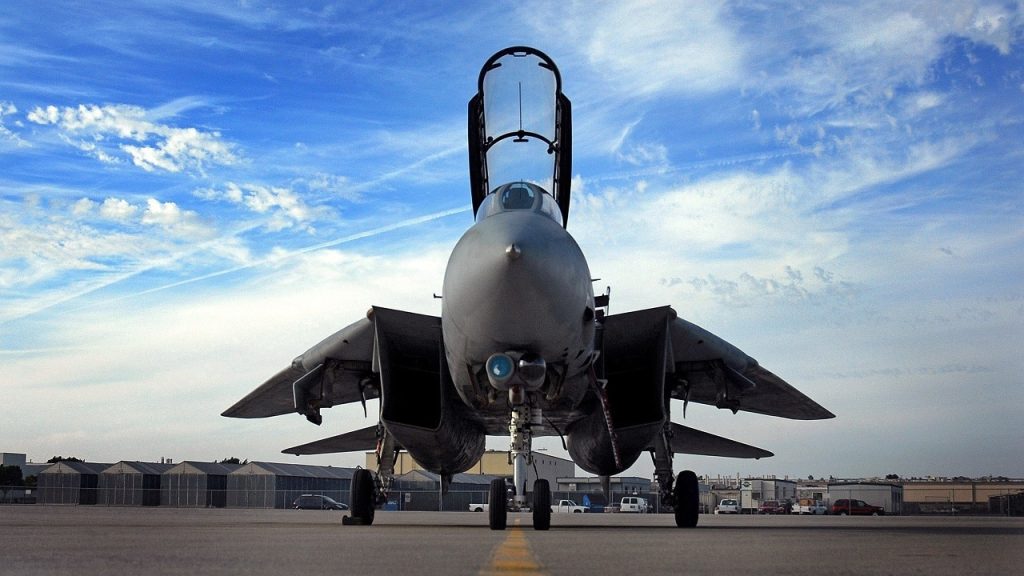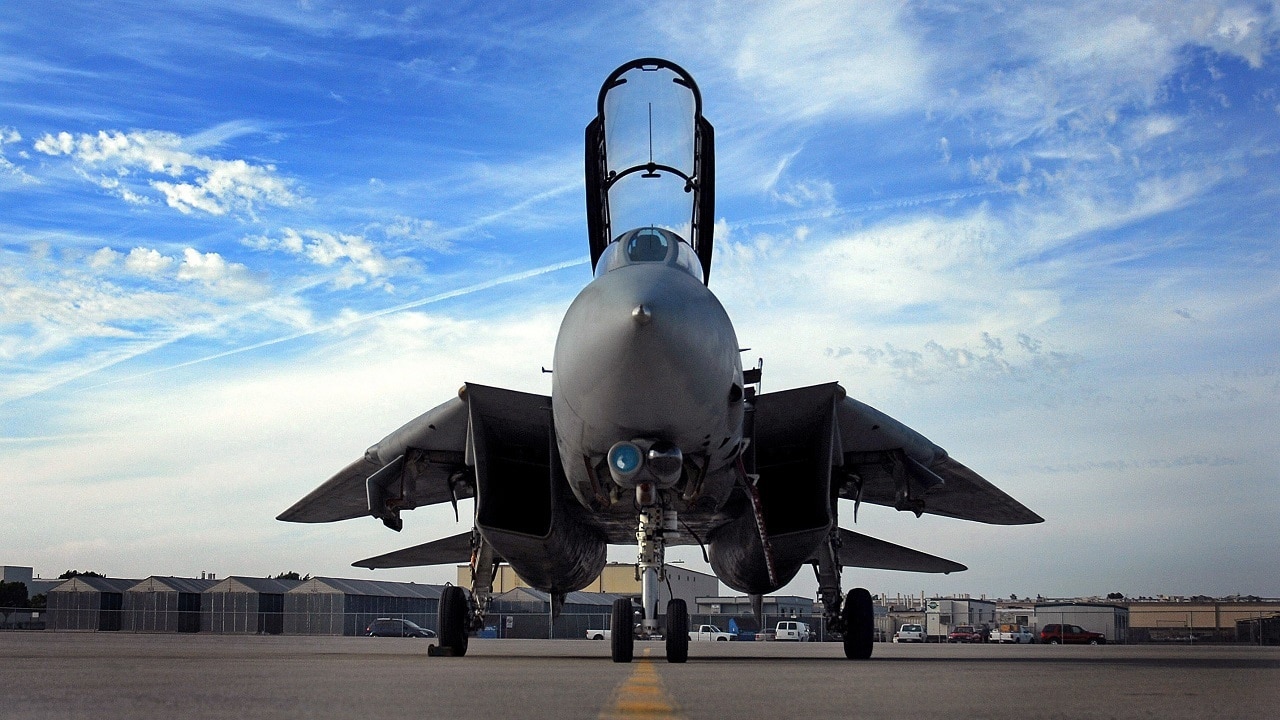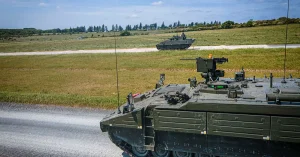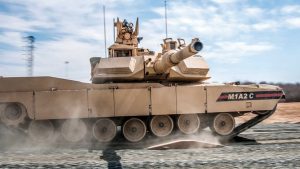Given all its capabilities, why did the U.S. Navy ultimately decide not to acquire the Super F-14 Tomcat? It largely boils down to money.

A U.S. Navy F-14D Tomcat aircraft from Fighter Squadron 31, sits on the flight line after completing its final flight at Naval Base North Island, San Diego, Calif., on Sept. 29, 2006. After 36 years of service, the Tomcat is being replaced by the F/A-18E/F Super Hornet aircraft.
Top Gun: Maverick, one of the long-awaited sequels to the 1986 hit, has reignited popular interest in the renowned F-14 Tomcat due to its phenomenal box-office performance. It is understandable, given that the venerable Tomcat appears in the sequel (small spoiler alert).
What the film does not reveal is that there may have been an even deadlier version of the F-14: the Super Tomcat, or more specifically, the ST21 (Super Tomcat for the 21st Century) and AST21 (Advanced Super Tomcat for the 21st Century) (Attack Super Tomcat for the 21st Century).
What happened to the proposed Super Tomcat?
In the 1980s and 1990s, the real-life Tomcat distinguished itself in air-to-air combat, achieving a 5:0 kill ratio in the hands of U.S. Naval Aviators and an officially reported 130 victories against only four losses for Iranian Air Force pilots during the Iran-Iraq War.
According to aviation expert Tom Cooper in Smithsonian Magazine, “it is hard to determine, for instance, how many air-to-air victories Iranian F-14s achieved because air force records were regularly altered for political, religious, and even personal reasons during and after the war.”
On sorties over Bosnia, Serbia, Iraq, and Afghanistan, the F-14 dropped several hundred thousand pounds of bombs, including GPS-guided JDAMs.
As moviegoers and aviation professionals know, the original Grumman F-14 Tomcat was formally replaced by the F/A-18 Super Hornet in 2006. Nonetheless, the Iranian Air Force maintains operable Tomcats after all these decades.
But in theory, the Super Tomcat could have done for the original what the F-15EX did for the original Eagle, the F-16V did for the original Fighting Falcon, and the Super Hornet accomplished for the original Hornet.
How, then, would the Super Tomcat have enhanced the original?
The Super ‘Cat 21 began by eliminating the “glove vanes,” positioned just outside each wing root. They were supposed to lift ahead of the aircraft’s center of gravity at supersonic speeds exceeding Mach 1.4, elevating the nose of the aircraft and allowing for improved high-speed mobility by unloading the tailplanes. Unfortunately, the vanes were a maintenance headache, and they were finally welded shut on most aircraft. The ST21 and AST21 improved the problematic feature by incorporating enlarged aerodynamic gloves that provided enormous benefits in supersonic handling and dogfighting performance while simultaneously allowing for an additional 2,200 pounds of fuel storage in each wing, thereby increasing the aircraft’s range.
In addition, by the 1990s, the Navy had improved the Tomcat’s renowned AIM-54 Phoenix missile, removing the necessity for the missile’s original oil cooling system. It enabled the installation of forward-looking infrared sensors (FLIR) for navigation and attack in the rail fairings that had previously housed the oil cooling system.
In turn, they rout data from these technologies into a complete glass cockpit with vastly enhanced avionics, a wide-angle heads-up display capable of projecting the video from the navigational FLIR pod, an upgraded APG-71 radar, and fully new mission computers. According to Alex Hollings of Sandboxx, these advancements would “make the Tomcat a fighter with the most modern avionics available at the time, despite its outdated appearance.”
An improved Tomcat could have supercruised or flown at supersonic speeds up to Mach 1.3 without resorting to its afterburner. Hollings once said, “the inclusion of thrust-vectoring would not only have improved upon that already excellent Angle of Attack statistic, but would have made the Super Tomcat 21 the most nimble fighter not just of its period, but likely for decades to come.”
Given its remarkable capabilities, why did the U.S. Navy ultimately decide not to acquire the Super Tomcat? The Navy was required to balance capabilities and capacity, mission objectives and budgets, and public perception and military doctrine. The Navy’s need for a “jack of all trades, master of none” has been met by the Super Hornet, despite being less beautiful and intimidating than the Tomcat. It is dependable, effective, and battle-tested. The United States alone air-to-air victory against a manned aircraft in the past two decades was scored by a Super Hornet.
However, for now, the F-14 Super Tomcat will only exist in the minds of armchair pilots and moviegoers. If and when Hollywood moguls decide to make a third Top Gun film (maybe with Goose’s son Rooster as the protagonist), the Super ‘Cat may be able to fly her maiden cinematic combat mission.






